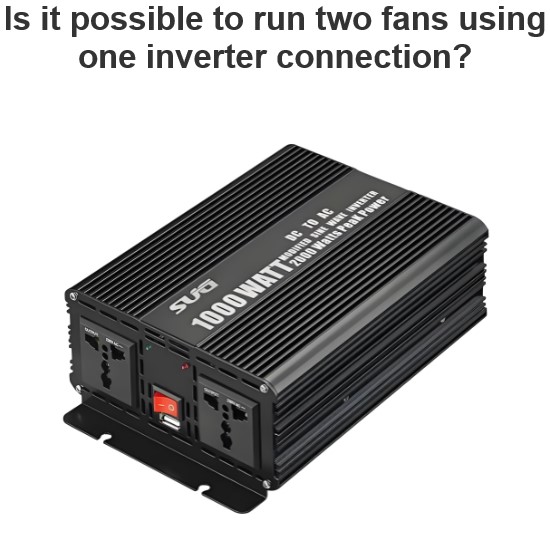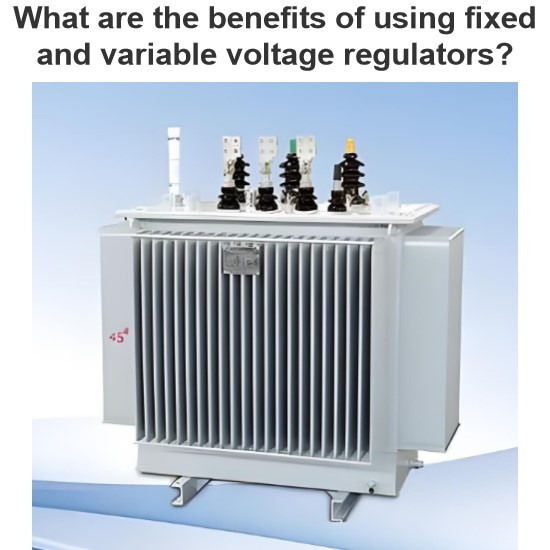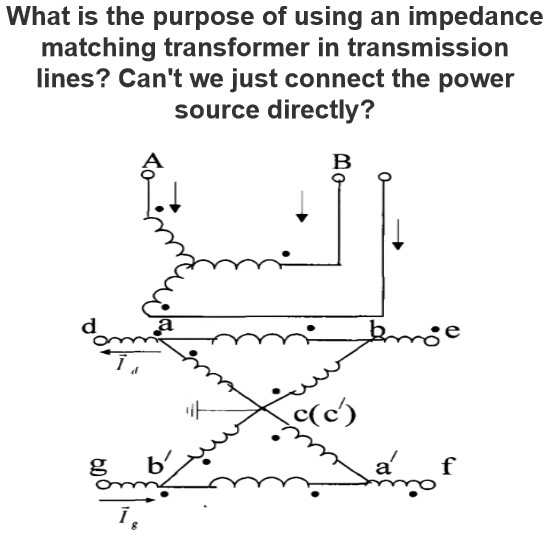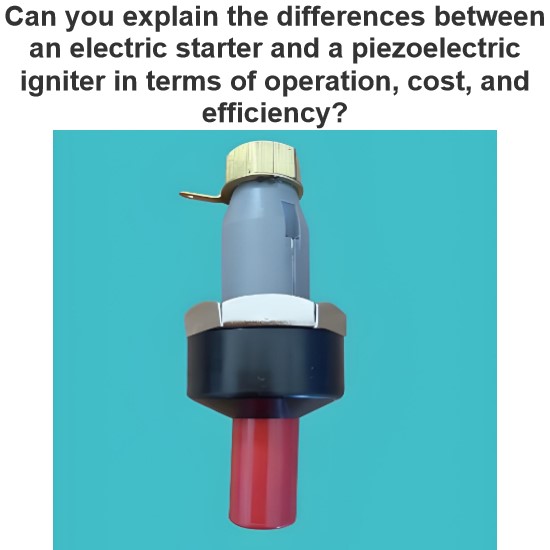Why does an EMF generator need a separate winding on the same core as its primary windings?
Why Does an EMF Generator Need a Separate Winding on the Same Core as Its Primary Winding?
An EMF generator (typically referring to a transformer) needs a separate winding on the same core as its primary winding for several key reasons:
Magnetic Coupling:The principle of operation for transformers relies on the magnetic coupling between two windings through a shared iron core. When current flows through the primary winding, it generates a changing magnetic field, which then induces an electromotive force (EMF) in the secondary winding. If the secondary winding were not placed on the same core, there would be no effective magnetic coupling, preventing efficient energy transfer.
Mutual Inductance:When current passes through the primary winding, it creates a varying magnetic field in the iron core. This field induces a voltage in the secondary winding. By sharing the same core, mutual inductance is maximized, thus improving the efficiency of energy conversion.
Field Concentration:The role of the iron core is to concentrate and guide the magnetic field, thereby increasing the field strength and efficiency. By placing the secondary winding on the same core, most of the magnetic flux lines pass through the secondary winding, enhancing the induced EMF.
Minimize Leakage Flux:If the secondary winding were not on the same core, there would be more leakage flux, meaning a portion of the magnetic field would not pass through the secondary winding. This leads to energy loss and decreased efficiency. Placing the secondary winding on the same core reduces leakage flux, improving the overall efficiency of the system.
Can It Still Provide Power If No Load Is Connected to the Secondary Terminals?
If no load is connected to the secondary terminals of a transformer, theoretically, it does not "provide power," because no current flows through the secondary winding. However, the transformer itself still exhibits certain behaviors:
Induced EMF:Even if there is no load on the secondary winding, the changing magnetic field from the primary winding still induces an EMF in the secondary winding. This is because the principle of electromagnetic induction dictates that whenever there is a changing magnetic field passing through a coil, an EMF will be induced.
No Load Operation:In a no-load condition, the transformer still consumes some energy, which is primarily used to establish the magnetic field. This consumption is known as magnetizing current (or no-load current), which is input through the primary winding but does not get transferred to the secondary winding.
Reactive Power:Under no-load conditions, the transformer consumes reactive power, which is used to build the magnetic field in the core. Although there is no actual active power being delivered to the load, the transformer itself consumes energy.
Temperature Rise:Even without a load, the transformer experiences some temperature rise due to hysteresis losses and eddy current losses in the core, as well as resistive losses in the windings.
In summary, although a transformer does not deliver power to a load when its secondary terminals are open, it still produces an induced EMF and consumes input power to maintain the magnetic field. This state is referred to as no-load operation.
The Electricity Encyclopedia is dedicated to accelerating the dissemination and application of electricity knowledge and adding impetus to the development and innovation of the electricity industry.




